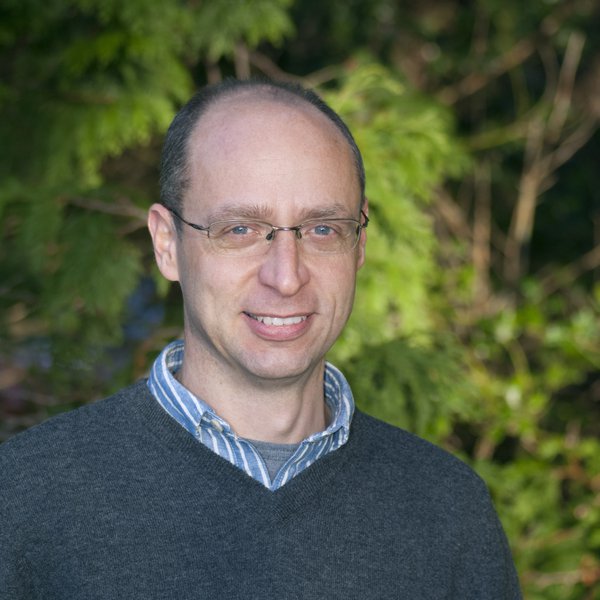Research
Research Status:completed
One of our core-funded programmes between 2015 and 2020, ‘Integrating research for policy and practice’ (CFS Programme 7), sought to improve our understanding of the impacts of Forest Research’s evidence and advice beyond the research community, especially within policy and practice, how this has been achieved, and how it can be enhanced, particularly through improved dialogue and collaboration.
A framework was developed by Forest Research, with consultant Dr Laura Meagher, to improve how we understand, plan, evaluate and communicate the impacts of research, for example the contributions we make to environmental policy and practice. The framework built upon recent research into knowledge utilisation, plus our own experience of impact evaluation, and was piloted using a series of research impact case studies selected to represent the diversity of research projects led by Forest Research.
The framework asks us to consider three core evaluation questions:
Ia. What changed? (Progress towards goals)
Ib. Who changed? (Influencers and influenced)
Ic. How do we know? (Evidence and feedback)
II. Why/how did changes occur?
III. Lessons learned for impact identification and generation?
The framework can be used in multiple ways:
When piloting the framework, we found that:
Use of the framework can potentially transform the overall direction and detailed implementation of a research project, by providing a means to make the process of reflection more explicit, structured, thorough, balanced and credible, in a format that supports internal learning and external communication.
The framework also has the potential to inform changes to culture and procedures at an organisational level. It has been incorporated into Forest Research’s knowledge exchange and impact planning processes.
The framework has been adopted by other researchers and organisations beyond forestry in other applied fields and/or institutes. For example, it has since been used to assess the impact of agricultural research programmes by a government research agency in New Zealand.
Journal article describing the framework: A framework to evaluate the impacts of research on policy and practice: A forestry pilot study – ScienceDirect
LSE Impact blog article: How to tell an impact story? The building blocks you need | Impact of Social Sciences (lse.ac.uk)
The objectives were to demonstrate how we can assess and improve the quality of:
The programme addressed these objectives through four inter-linked activities:
Working with a consultant, Dr Laura Meagher, we developed and tested an evaluation framework that: a) incorporates lessons from experiences in academia, b) makes sense for an applied agency that already has a considerable impact on policy and practice, but could benefit from further outreach and communicating successes, and c) supports the culture of collaboration and learning which we value and wish to encourage in Forest Research.
We refined and tested the framework through a dozen case studies: the first phase was a self-evaluation by our own researchers (the report was submitted to the External Review Group in November 2017); the second phase involved eliciting feedback through interviews with stakeholders, plus subsequent analysis and dialogue, to generate a rounded picture of impacts and their causes to understand and communicate successes and identify how these can be enhanced.
We also ran several workshops to explore issues around knowledge exchange, interdisciplinarity and research impact. These had three goals: a) to develop a suitable format for a bespoke training session that could be rolled out if required, b) to further refine and test the framework and supporting materials, c) to explore options for embedding these into the business processes of Forest Research and the wider sector.
By 2020 we had developed clear proposals to implement this agenda, and in 2021 a Research Impact Coordinator was recruited to lead this work and develop and implement a Knowledge Exchange and Impact Strategy.
For further information, contact Dr David Edwards
The programme is led by the Social and Economic Research Group (SERG) at Forest Research, who are collaborating with researchers across the agency and other forestry-sector stakeholders.
This page summarises the findings of a Forest Research study to assess the level of uptake of decision support systems within the UK forestry and land use sectors.

Research Impact Coordinator